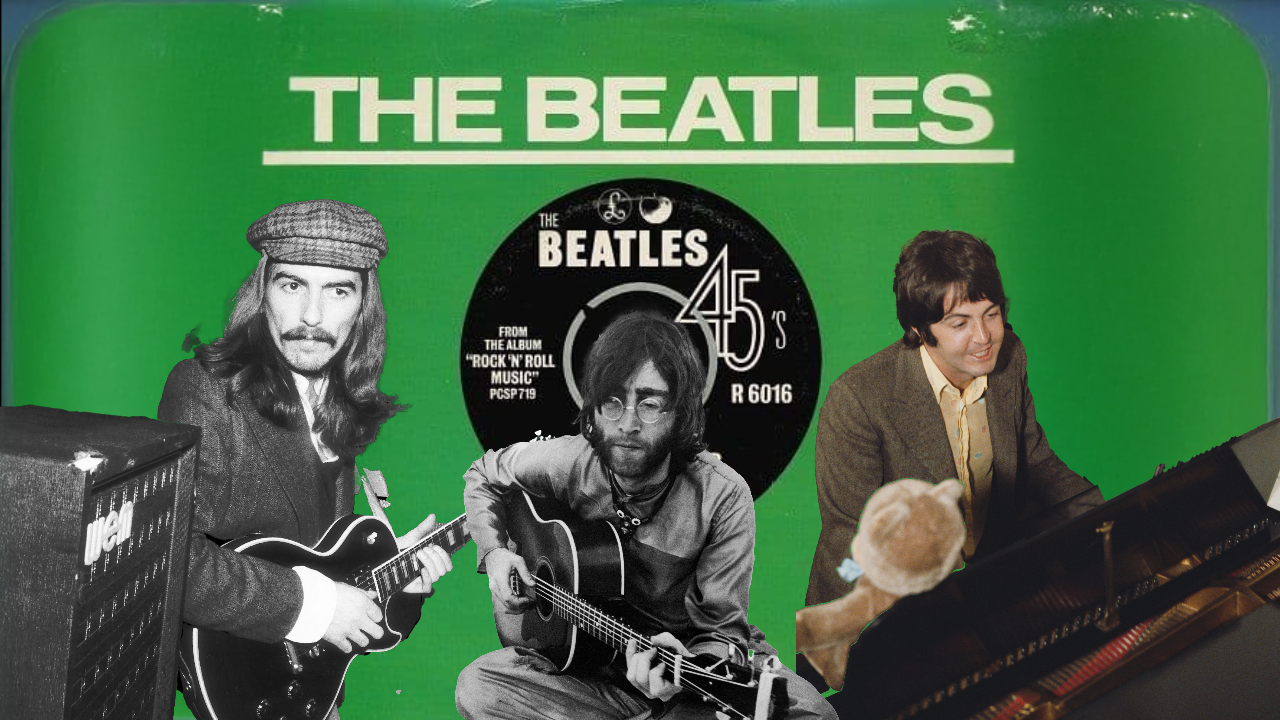Pro Gigging Tips
Four simple suggestions to help your performances stand out.

In the fast-paced environment of live music it’s easy to get into bad habits or stay in our comfort zones. Though many of us haven’t gigged for a while, as the world begins its recovery from the recent pandemic those cold empty stages are beginning to warm up again. So, while you have a moment, why not revisit your own gigging checklist with these four pro tips.
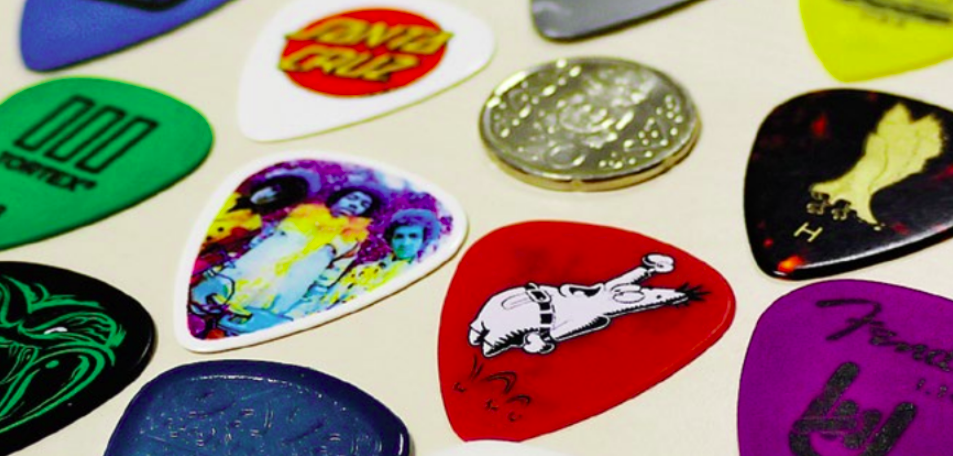
1. Use Two Picks in a Set for Dynamics
Next to your own hands, the humble plectrum may be the most important tonal tool you have. Many of us just find a favorite type of guitar pick and stick with it, never experimenting or trying others to see if something else might inspire or suit us better.
Instead, when performing, try swapping between two picks of different gauges, such as a thin pick for a softer strum and a heavy one for a more hard-driving sound. The variation in sound could be just the thing your music needs.
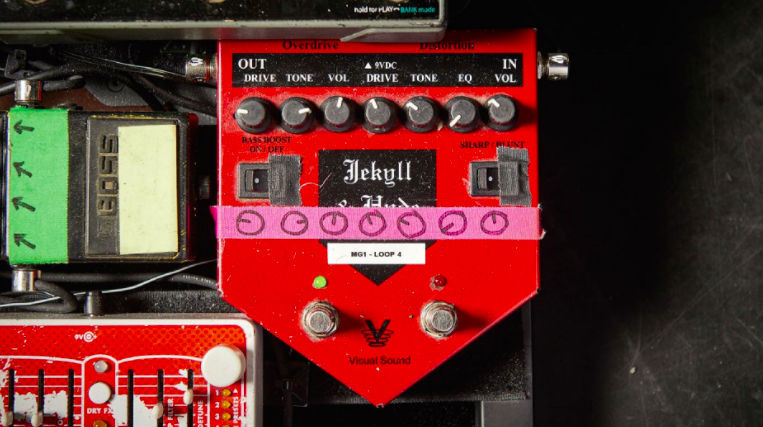
2. Mark Your Pedal Settings
It’s easy for your favorite pedal settings to be moved when your pedalboard is in transit. Avoid confusion by marking them with masking tape in a strip over the control knobs. If you change settings for songs throughout the set, mark them ahead of time using a different color for each tune.
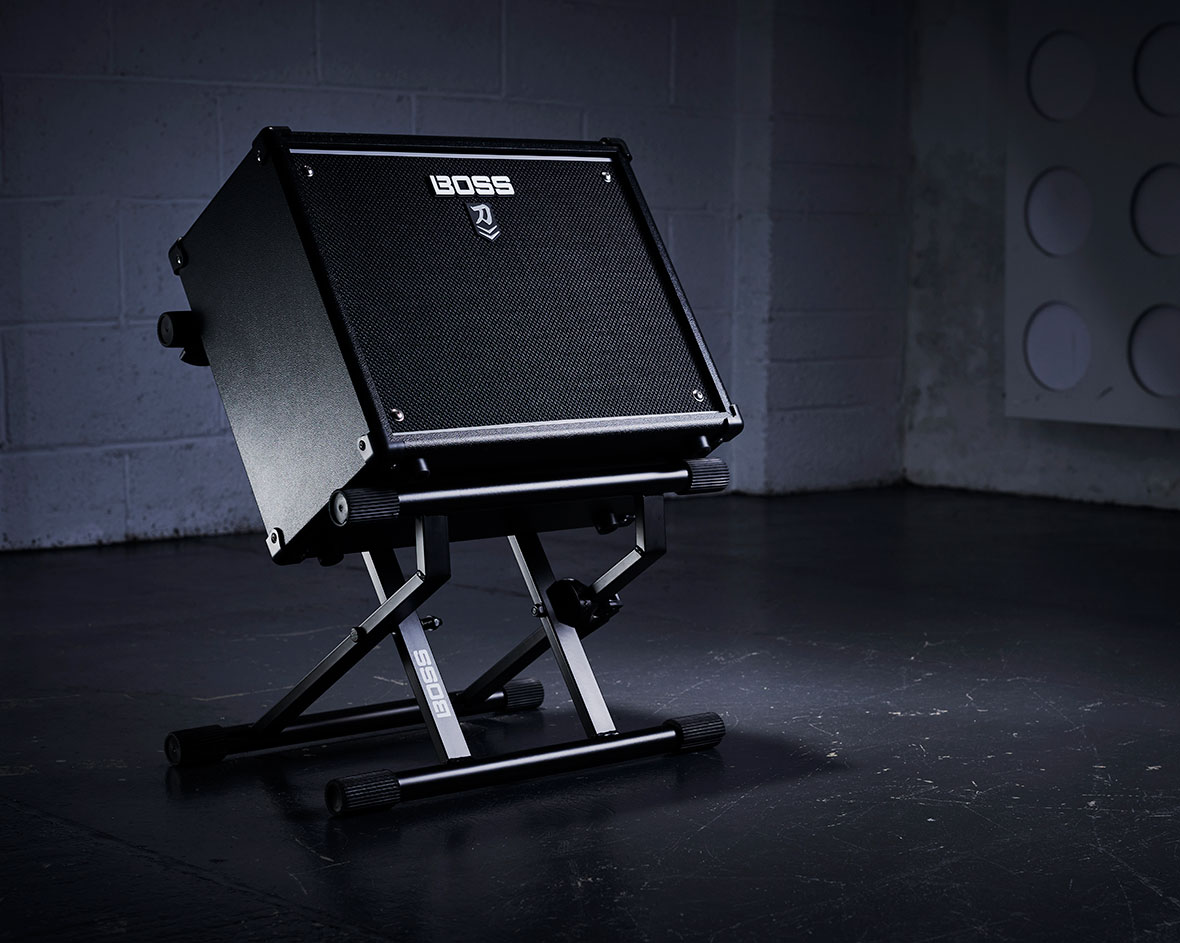
3. Elevate Your Amp to Cut Through
It’s easy to get caught up in the details of tone, but when it comes to playing live there are two essentials: being heard and being able to hear yourself. This is more challenging when you’re playing in a band on a smaller stage with an amp that’s not being mic’d through the P.A., because your guitar won’t be in the monitors.
In those situations, you need to physically raise your amp to help you and the audience hear it better. Otherwise, you’ll physically obstruct the sound. The easy solution is to place your combo on a stool or angle it upward, either by tilting it back on an amp stand or using a wedge underneath it.
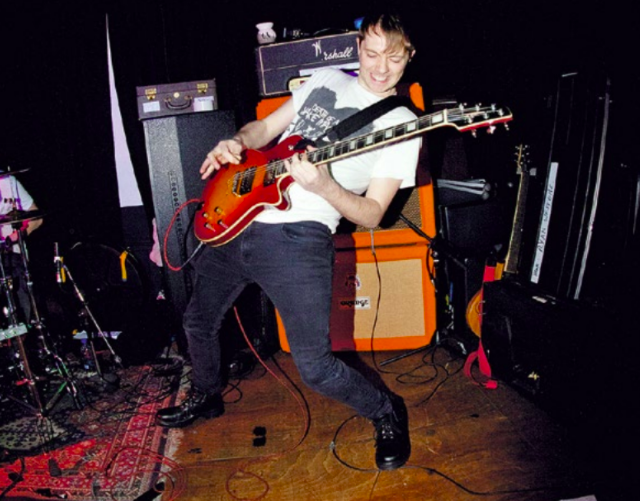
4. Find the Sweet Spot for Your Sustain
When it comes to sustain, every amp has a sweet spot – you just need to find it. Doing so requires taming and controlling feedback, allowing you to generate sustain just by positioning your guitar at a certain distance from your amp. Start with your amp’s master volume low and gradually turn it up until your tone goes from sounding thin to rich and full. Do the same with your gain control.
Get The Pick Newsletter
All the latest guitar news, interviews, lessons, reviews, deals and more, direct to your inbox!
If you’re using an older tube amp that doesn’t have a gain or master volume, turn it up to the point where it starts to break up. For solid-state amps, you may need to use an overdrive or boost pedal to get the necessary level. Next, find the place onstage where you get a hint of feedback and mark it with an X using a couple of pieces of gaffer tape. Now when you want more sustain, you’ll know where to stand to increase feedback.
Check out the Boss BAS-1 amp stand here
Guitar Player is the world’s most comprehensive, trusted and insightful guitar publication for passionate guitarists and active musicians of all ages. Guitar Player magazine is published 13 times a year in print and digital formats. The magazine was established in 1967 and is the world's oldest guitar magazine. When "Guitar Player Staff" is credited as the author, it's usually because more than one author on the team has created the story.
“Write for five minutes a day. I mean, who can’t manage that?” Mike Stern's top five guitar tips include one simple fix to help you develop your personal guitar style
"It’s like you’re making a statement. And you never know where it’ll lead." Pete Thorn shares the tip that convinced Joe Satriani he was the right guitarist for the SatchVai Band
